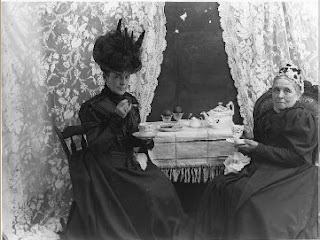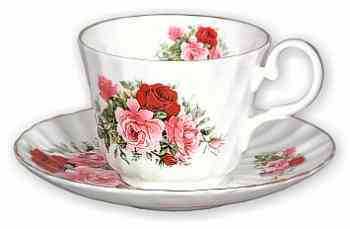
Photo originally uploaded to Flickr by Weegolo.
Since tea was discovered in China, what better time for an afternoon tea party than Chinese New Year. This year the New Year comes in on February 7, 2008. According to the Chinese zodiac, it will be the year of the rat.
Buddha asked all the animals to meet him on Chinese New Year and he named a year after each of the twelve that came. People born in each animal's year are said to have some of that animal's personality. Those born in rat years tend to be leaders, pioneers, and conquerors. They are charming, passionate, charismatic, practical and hardworking. Welllll, let’s forget about rats when it comes to this tea.
Red and gold are the colors of Chinese New Year. Red symbolizes fire which can scare away bad luck and gold stands for prosperity. Use these colors on your tea table and around your room. To make things extra festive, hang spring couplets, squares engraved with blessings, around the house. Paper lanterns make great decorations too. Entwine red paper or ribbon around indoor plants and trees for a simple festive touch.
Flowers play a big role in Chinese New Year. Fill the house with fresh blooms and flowering plants. Narcissus and chrysanthemum are both said to bring good fortune.
Invite your tea party guests using red paper invitations, of course. Set the party for 2:00 in the afternoon. Chinese New Year is celebrated for 14 days so afternoon tea any time during those two weeks is appropriate. You might ask your friends to dress in red and gold in order to get into the spirit of the holiday. This isn’t a particularly feminine tea so be sure to invite male guests too.
A Chinese New Year Tea definitely requires music. Chinese consider that sound influences the harmony of the universe. Confucius thought of music as the highest and ultimate means of calming the unrest and dispelling conflict. Buy or download some Chinese music. There is a lot of it around. It will add much to the atmosphere of your party.
One of the popular activities on Chinese New Year is the custom of Hong Bao. This involves giving small red envelopes filled with lucky money. The number 4 is considered especially lucky so if you can afford it, give each of your tea guests a red envelope containing $4. If this is an expense you don’t want to have, you can fill the envelope with four foil-wrapped chocolate coins.
Another custom is to give oranges and tangerines. These are symbols of abundant happiness. Along with the Hong Bao, hand each tea guest an orange or tangerine as they leave the party.
Naturally there are traditional foods served for New Year. For anyone who didn’t grow up in a Chinese kitchen, they are complicated to make and require great skill. But there are many Chinese-inspired dishes to serve at this afternoon tea and there is nothing wrong too with buying some things from your favorite Chinese restaurant.
My Chinese New Year Tea menu and recipes begin tomorrow. Why not order your Chinese decorations online today!

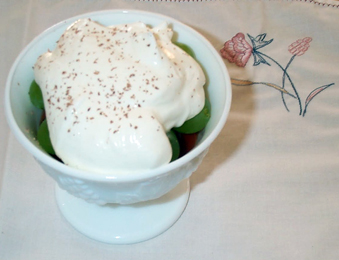 I’m a poky poster today but it’s my husband’s fault! He offered to go to the store to pick up the grapes for this recipe. Instead of going to the store which is a couple blocks away, he went to Wal-Mart. Three hours later, he’s finally back home. In addition to my grapes, he bought a music CD, the ugliest slippers you ever saw and a huge bag of pretzels. That man cannot be trusted alone in Wal-Mart! Anyway here is the recipe, simple and delicious:
I’m a poky poster today but it’s my husband’s fault! He offered to go to the store to pick up the grapes for this recipe. Instead of going to the store which is a couple blocks away, he went to Wal-Mart. Three hours later, he’s finally back home. In addition to my grapes, he bought a music CD, the ugliest slippers you ever saw and a huge bag of pretzels. That man cannot be trusted alone in Wal-Mart! Anyway here is the recipe, simple and delicious:


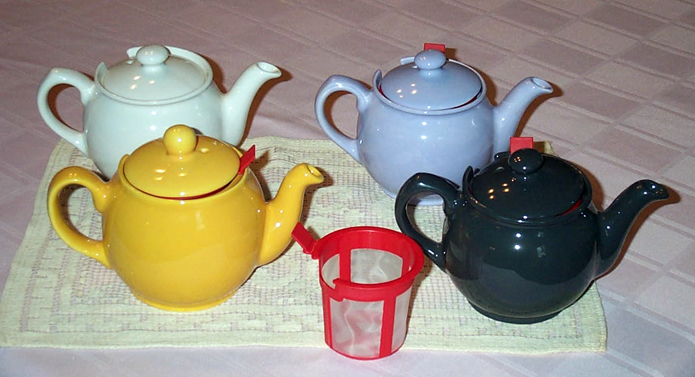




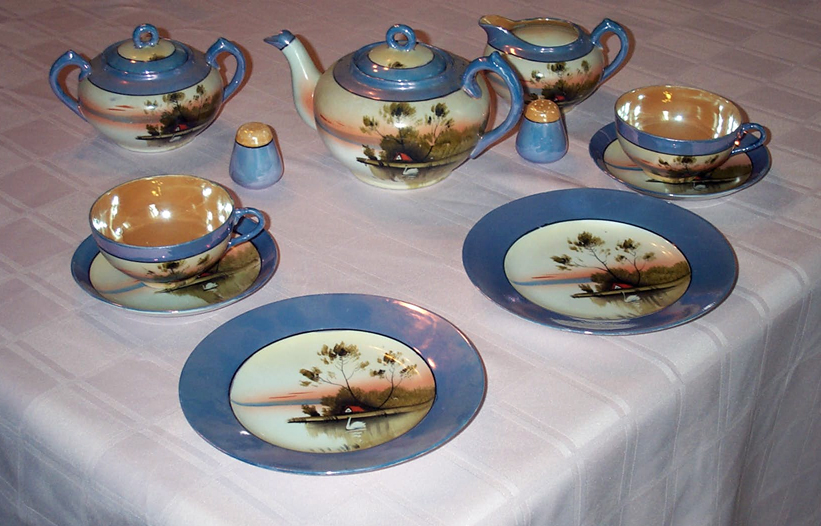 A few weeks ago, Anita at
A few weeks ago, Anita at 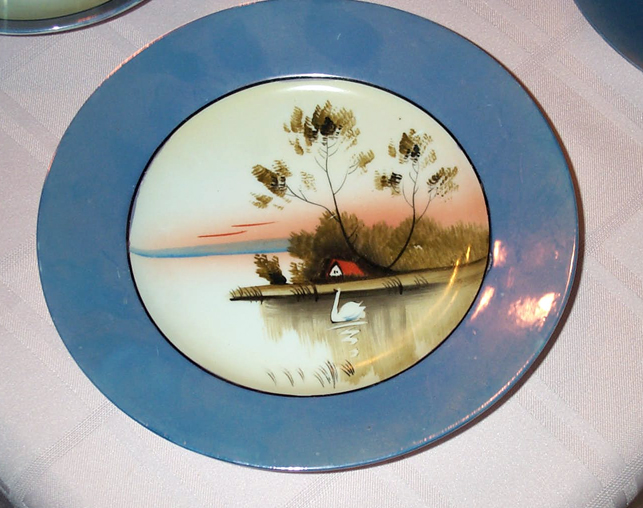






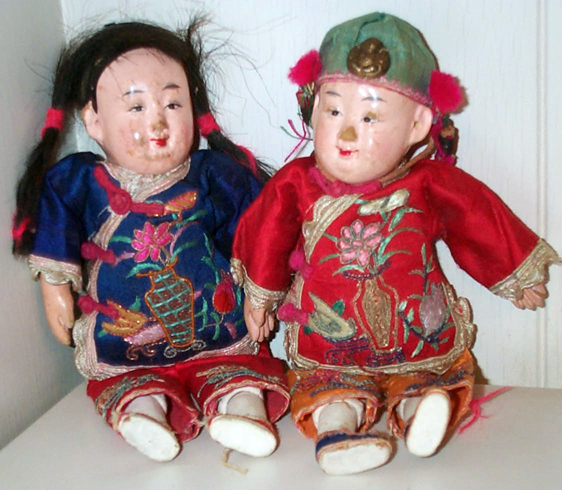


 Anita at
Anita at 








